6 mistakes to avoid with your AV receiver
Unlock the sonic potential of your home cinema amplifier
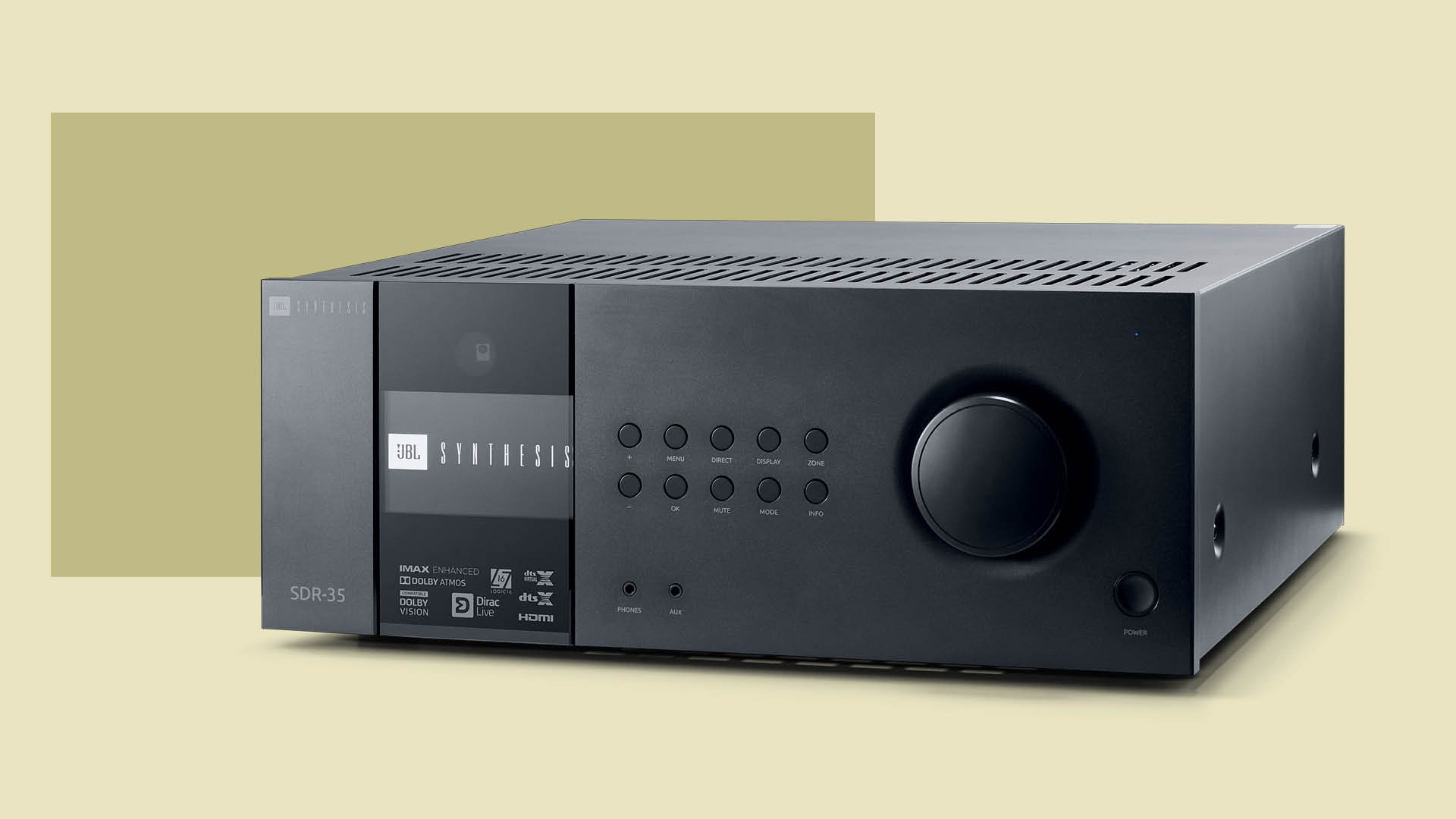
The road to perfect home cinema sound is full of sonic potholes. From speaker selection and positioning to acoustic treatment and cable runs, at every turn, there are potential hazards lurking. And that's before you even consider the heart of any surround sound system: the AV receiver.
AV receivers have many different names: surround sound amp, home theater receiver, AVR, Dolby Atmos amp. But these monikers all refer to the same thing: a multichannel amplifier that can decode surround sound information while also acting as a video and streaming hub for AV input sources and output devices.
A home cinema amplifier is essentially the brains and power of any surround-sound system, and a high-quality model will ensure that your TV programmes and films sound emphatic, detailed and dynamic for a truly immersive experience, while providing features that make switching between media a breeze.
With reams of settings for video and speaker information and a smorgasbord of physical connections to hook up, navigating AV receiver set-up can be an intimidating prospect.
But getting to grips with your AVR need not be fraught with problems. We have made a list of the biggest mistakes to avoid making when choosing and setting up an AV receiver for the very best home cinema sound.
1. Buying a receiver before your speakers
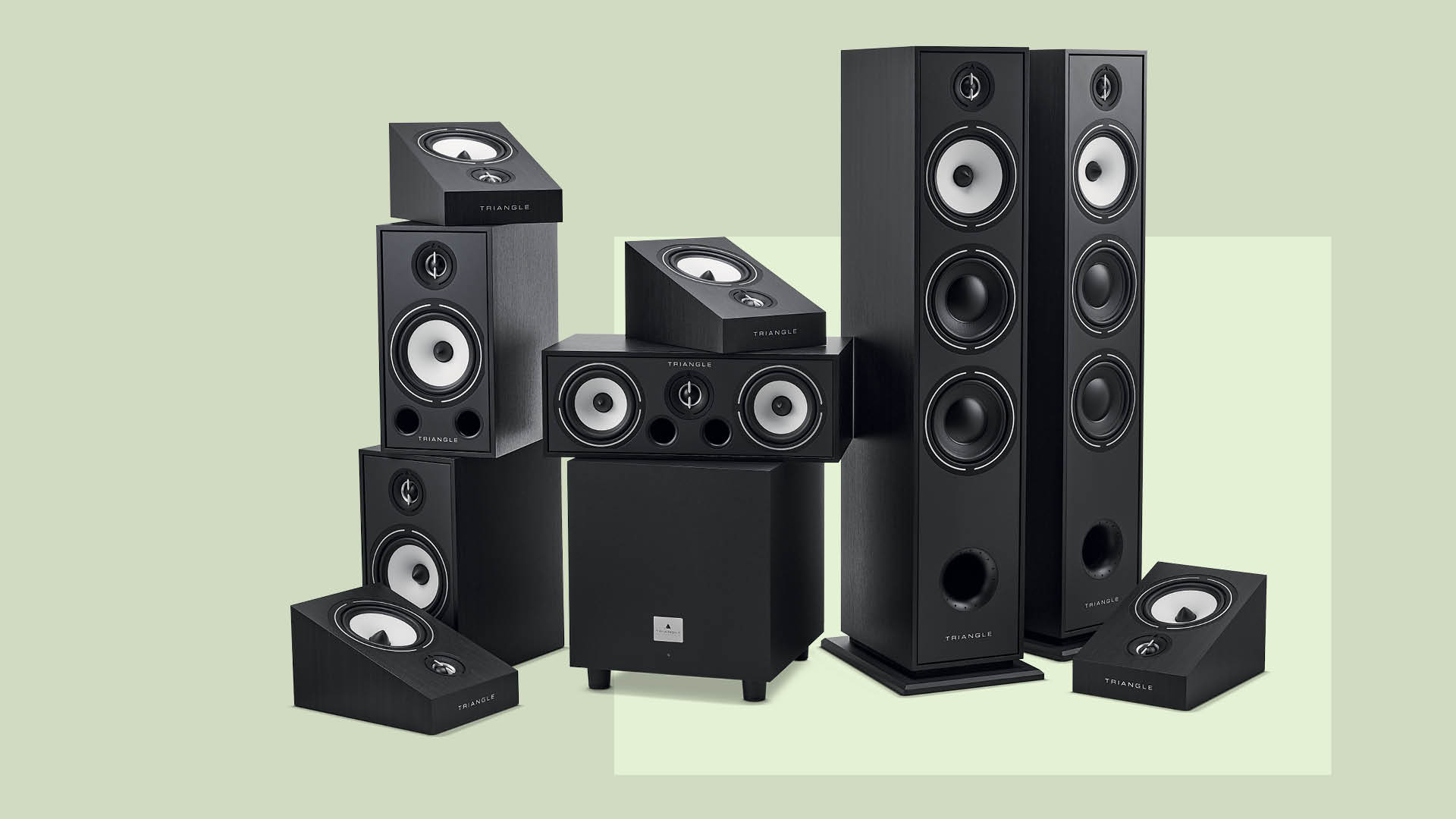
If you are starting from scratch, it can be tempting to build your system around what will essentially be its hub. But we suggest starting with your speaker package and working back from there. As the largest physical component of your set-up, speakers will typically be the primary limiting factor of the size and scope of your sound system. There's no point in buying a receiver that can provide 7.4.4 channels of sound if you only have space for 5.1.
The size of the speaker system you have (or hope to expand to) will typically dictate the price bracket of the AV receiver that you consider, as brands tend to decrease the number of channels with each step-down model. More expensive AVRs will have more power and be able to drive more speakers for larger Dolby Atmos and DTS:X set-ups, or speakers in additional zones.
Of course, if it's within your means, buy a receiver that can adapt if, somewhere down the line, you decide to upgrade and expand. But being realistic about your needs could save you a lot of money and perhaps push you to consider a model with fewer channels but with better sonic credentials such as lower THD or more power.
Which brings us to...
2. Having an unbalanced budget

There's no exact science as to how much you should spend on each element in your surround sound system, but remember that the relationship between your speakers and the amplifier needs to be mutually beneficial.
It doesn't matter how fancy your tweeters or bass ports are if the signal they are handling is poor. You will be doing your speakers a disservice if they cost ten times the amount of your amplifier and vice versa. As a rough rule of thumb, you should budget to spend around half as much on your amplifier as the cost of your speaker package.
3. Not matching your AVR to your speakers
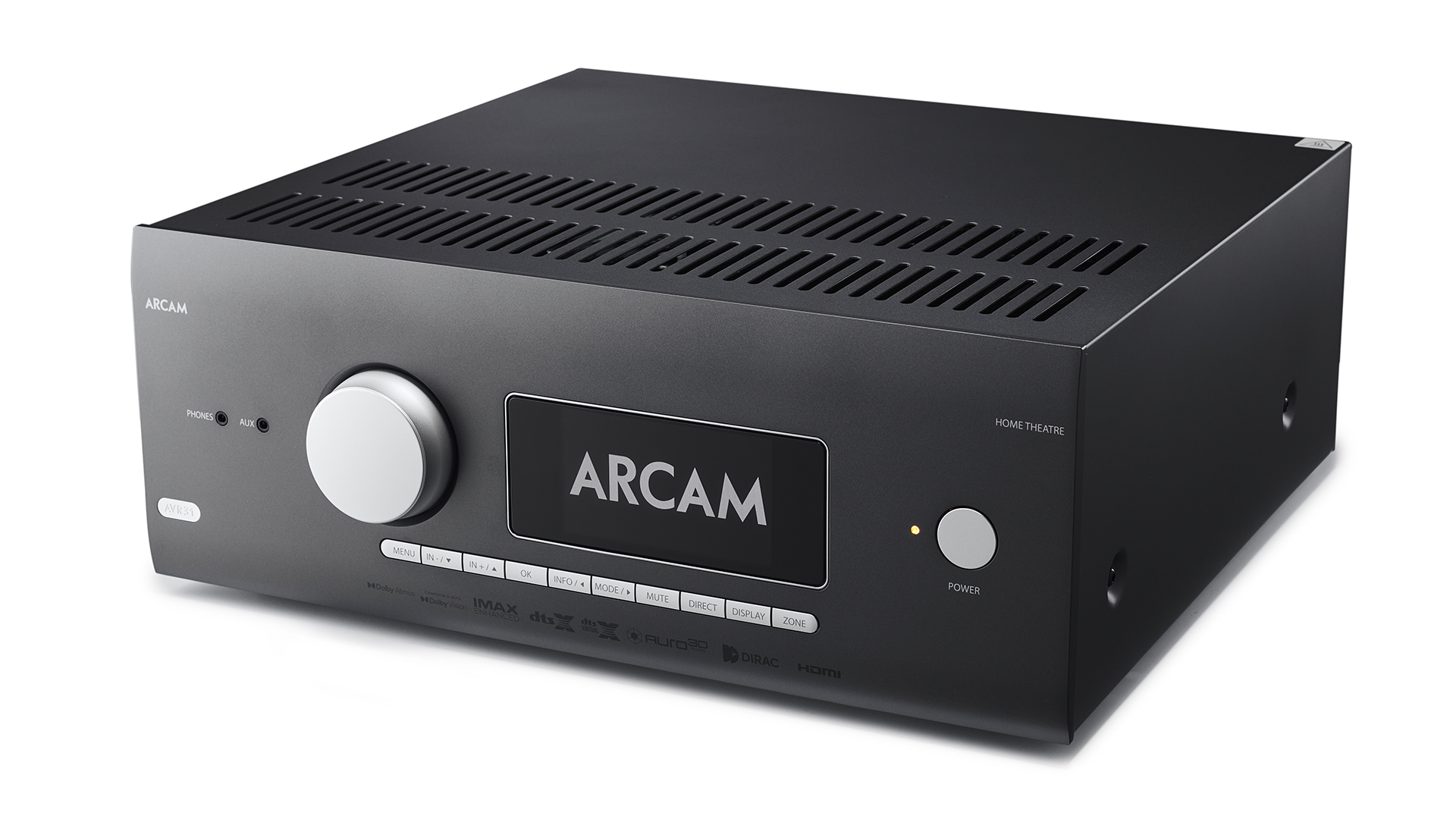
It's not just channel count you need to pay attention to when picking an AVR to partner with your speakers. You should always check the receiver's output power to ensure it will be capable of driving your system.
Speaker manufacturers will suggest an amplifier power rating range in their product specification, and it is essential to check that this lines up with the average, or RMS power output, of an AVR. Beware: sometimes this figure will be given only as a peak value or in relation to when only two channels are driven, as that will be a higher (and more impressive) number.
The key, though, is to make sure that they are comparable. Otherwise, your speakers may be underpowered and struggle to provide sufficient, impactful volume; or overdriven, which may cause distortion and damage to speakers at high levels.
It's unlikely that you will come across an AVR that won't be up to the task of driving a domestic speaker system or cause significant damage through incompatibility. But failing to do your homework can severely limit your overall results.
Similarly, you shouldn't take for granted that your chosen AVR and speakers are impedance matched. Most home cinema speakers will have an average impedance of 4 -8 ohms, which the manufacturer will list in its specifications under 'nominal impedance'. This figure should ideally sit within the impedance range that an amplifier supports because if a speaker has a particularly low impedance that an AVR is not designed to handle, it could potentially overload the power supply and cause damage.
A little bit of checking ahead of time can save you from harming your speakers in the long term and also guarantee the best performance.
Having said all that, though, it is also important to remember that specification isn't everything...
4. Getting caught up in HDMI specification
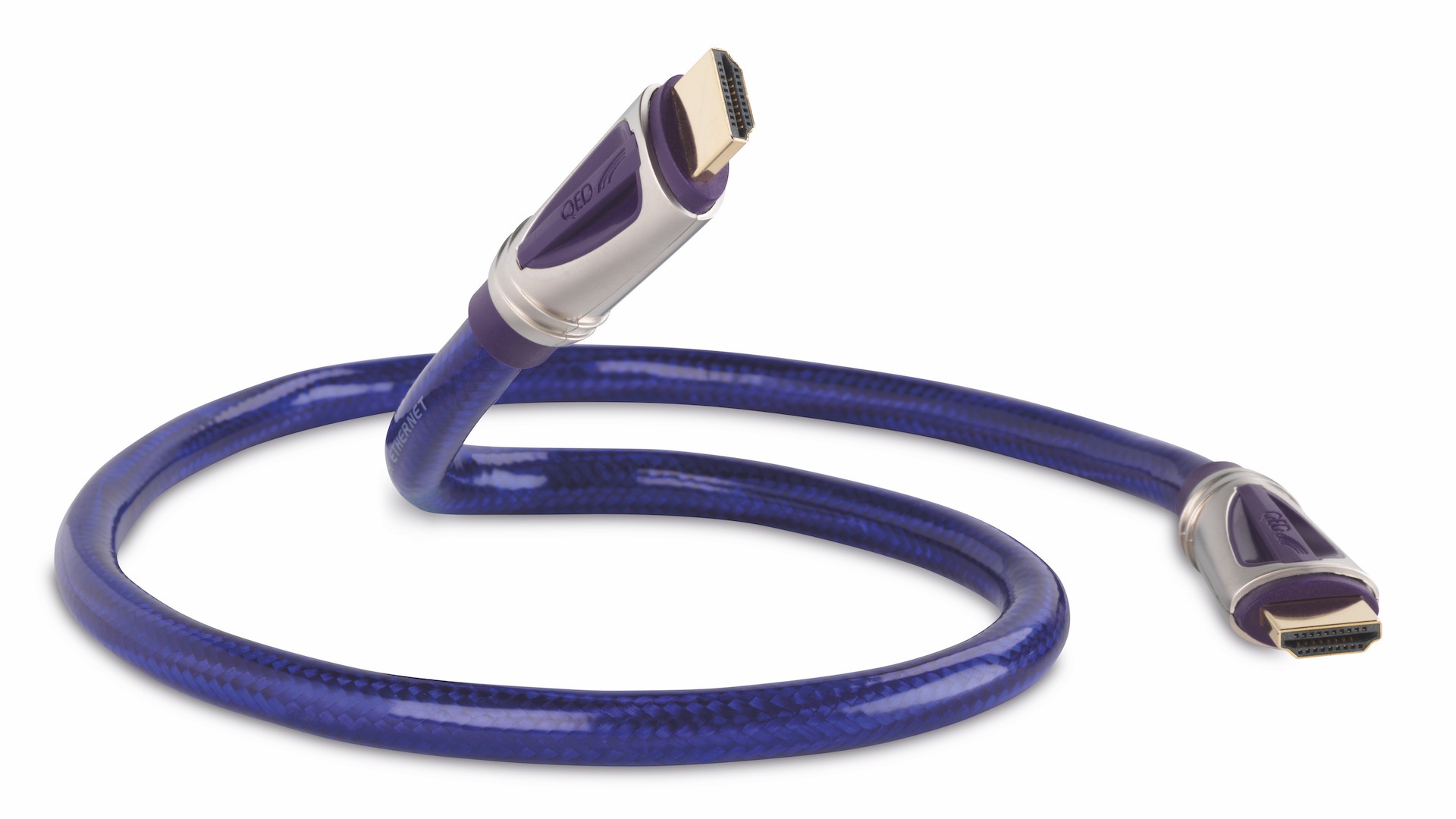
We know it's easy to get preoccupied with specs when looking for an AVR that you hope will last you well into the future, but it's worth bearing in mind that the product that looks the best on paper might not necessarily be right for you.
After the introduction of HDMI 2.1, things have become somewhat convoluted, and users hoping to future-proof their purchases have ended up paying for next-gen connectivity that they actually don't need – and, indeed, probably won't need for several years to come.
HDMI 2.1 and features such as VRR, ALLM and 4K120 are necessary only for hardcore gamers who want the smoothest gameplay. There is no benefit for those who wish to use their home cinema purely for film watching, as most AVRs with HDMI 2.0 will support 4K signals at up to 60 frames per second, which no movie source, physical or streamed, currently goes beyond – and that isn't going to change any time soon.
If your home cinema is purely for TV, film and music, save yourself some money and don't worry about HDMI 2.1.
5. Ignoring room calibration – or putting too much faith in it

If you purchase an AVR from a dealer that offers installation, calibration will likely be incorporated into the price. If, however, you are going it alone, it can be daunting to perform the process yourself. From mysterious menu settings to frustratingly flimsy microphone stands to, frankly, getting bored during the process. There are plenty of reasons you might skip this step once you are satisfied that the sound coming out of your AVR is 'good enough'.
But ignoring room calibration, whether it's via in-built software or your own measurements would be a major oversight. It really can help your whole system to cohere while also compensating for space irregularities and creating a better listening experience for every seat in your cinema room.
Many receivers from companies such as Yamaha, Denon and Marantz include a step-by-step room calibration and a microphone that will measure the response of your speakers to apply an appropriate EQ that flattens any anomalies. Other brands, meanwhile, offer upgradable access to third-party software such as Dirac Live with premium models, or as an optional extra.
Once you have run through your AVR's optimisation process it is important to check over the numbers it comes up with and see if they line up with your own measurements; and then don't be afraid to tweak them, based on your preferences. There is no better tool for calibrating sound than your own ears, so use them!
Optimisation software is by no means essential, however. You can calibrate a system manually using a tape measure and a Sound Pressure Level (SPL) meter. There are now SPL apps that work perfectly well if you have a good phone with a decent microphone, though a dedicated meter is still the way to go if possible. Even budget AVRs include an internal test tone and options to assign speaker distances and levels. For more advice, check out our guide on how to set up your home cinema speaker system.
Taking things a step further, if your amp can handle more than one preset, we strongly recommend doing one profile that takes into account all of the room's listening positions and another that focuses purely on your favourite sweet spot so you can switch things up depending on how many people are watching.
6. Not experimenting with speaker size and crossover
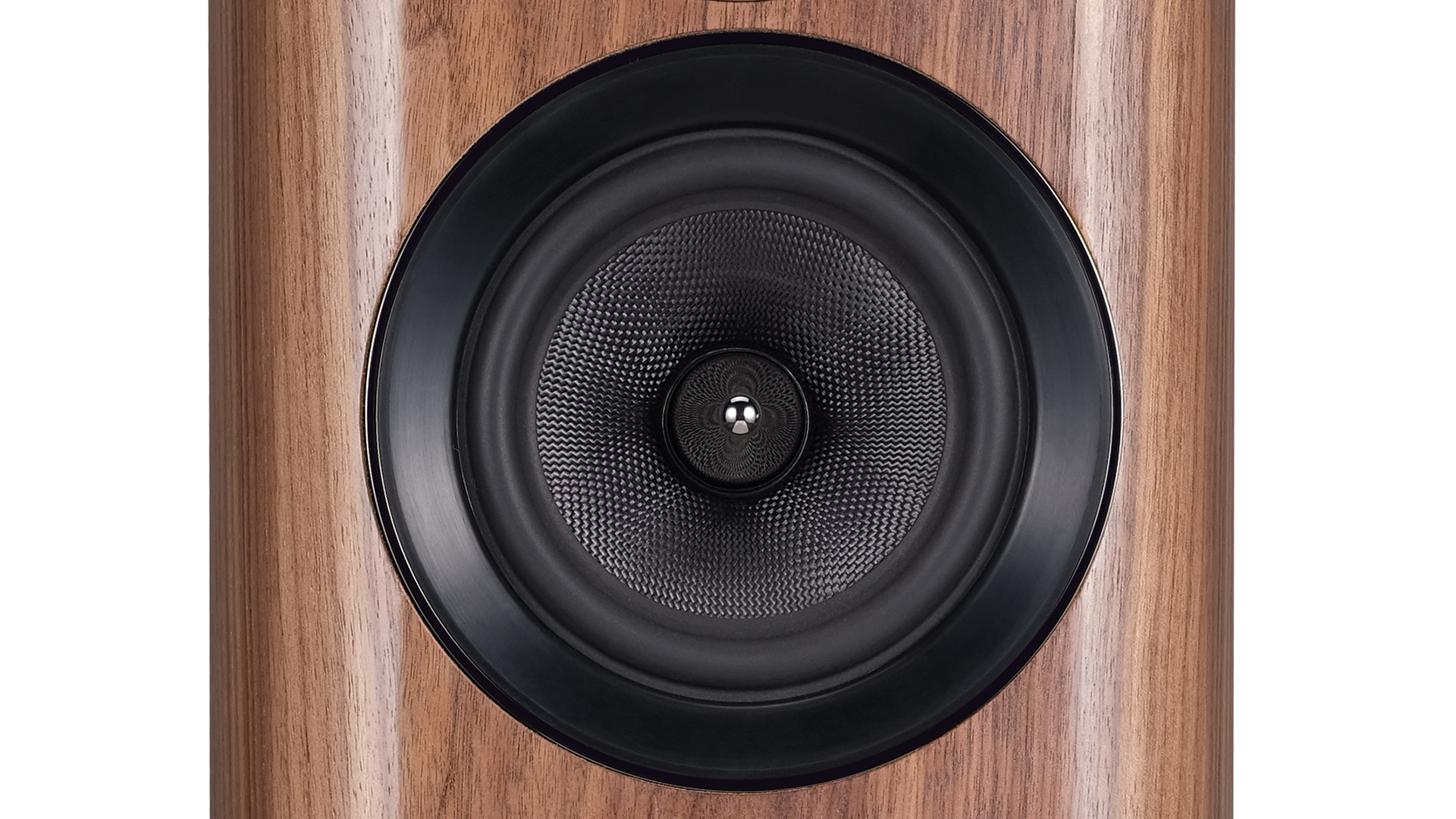
Bass can be one of the hardest things to get right in a home cinema. Typically, the more expensive your AV receiver, the more advanced its bass calibration software will be. However, just because you haven't got a premium set-up doesn't mean you should tolerate poor performance. A bit of low-frequency management won't simply help tighten your bottom end; it should also help improve performance higher up the spectrum, as mids and highs can often be masked by ungainly bass.
As part of your AVR set-up process, you will be asked to specify the size of your full range of speakers, which can dramatically alter the way the lower registers of your surround system sounds.
If you set the speakers to ‘large’ this will mean they are sent the full frequency spectrum; changing it to ‘small’ or ‘medium’ will allow you to set a crossover point where any signal too low for it will instead be handled by the subwoofer.
It may seem counter-intuitive, but many manufacturers and home cinema enthusiasts swear by setting all their speakers to small, even gigantic floorstanders. It allows for more control in filtering out the very lowest sounds they may struggle to reproduce, and passing them on to the subwoofer. If you try this, most AVRs will have crossover settings for each channel, and you should ensure they are set to around 15Hz above the deepest frequency each speaker can handle.
It won't work for every system in every room, but if your system is suffering from lacklustre low end, we would encourage you to take some time and experiment with setting different speaker sizes.
MORE
Our pick of the very best AV receivers
Get the What Hi-Fi? Newsletter
The latest hi-fi, home cinema and tech news, reviews, buying advice and deals, direct to your inbox.
Mary is a staff writer at What Hi-Fi? and has over a decade of experience working as a sound engineer mixing live events, music and theatre. Her mixing credits include productions at The National Theatre and in the West End, as well as original musicals composed by Mark Knopfler, Tori Amos, Guy Chambers, Howard Goodall and Dan Gillespie Sells.
